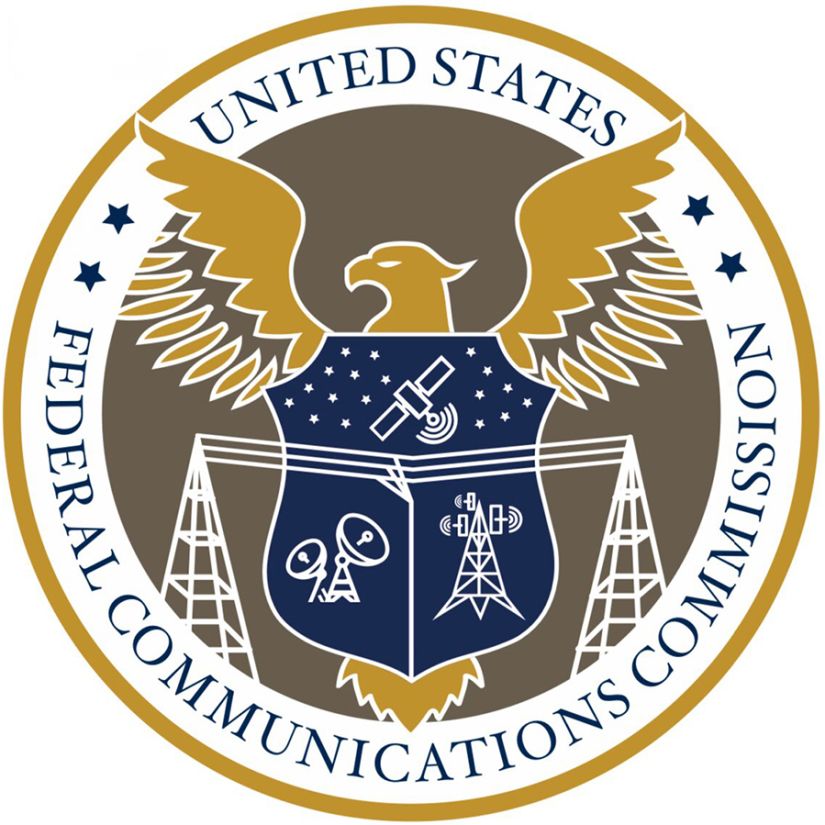FCC's Rural Broadband Subsidy Bidding Begins
RDOF will hand out $16 billion over 10 years

The FCC has launched its latest effort to bridge the rural digital divide, beginning the bidding on phase one its Rural Digital Opportunity Fund (RDOF).
In August 2019, the FCC voted to propose handing out over $20 billion in Universal Service Fund (USF) subsidies for rural fixed broadband over the next decade, money that could go to cable broadband providers as well as telecoms.
The FCC is giving out up to $16 billion in phase one to deploy broadband, with 386 providers having qualified to bid in the reverse auction.
Related: FCC Releases List of RDOF-Eligible Locations
The money will fund service for up to 10.25 million people. The FCC deemed roughly 5.3 million unserved locations--home and businesses--in areas eligible for the $16 billion in subsidies. Those are locations the FCC has determined lack high-speed broadband at the required speeds. The second phase of RDOF money--about $4 billion--will go to underserved areas.
While service of at least the FCC's 25 mbps upstream/3 mbps downstream high speed definition is eligible for the money, the FCC will prioritize bids for higher speeds and lower latency.
Related: Are You Ready for the Rural Digital Opportunity Fund
Multichannel Newsletter
The smarter way to stay on top of the multichannel video marketplace. Sign up below.
“Today, I’m excited to announce that the bell has rung on the start of our historic $16 billion auction—one that will pave the the way for up to 10 million rural Americans to get broadband service," said FCC chairman Ajit Pai. "This is the biggest step yet in our ongoing commitment to close the digital divide."
The 386 applicants are a 75% increase over the number of bidders in the 2018 Connect America Fund Phase II auction, which was the forerunner of RDOF.
Commission Democrats had argued the FCC should not give out that money until it had gotten better data on where broadband is and isn't, something it is working on on its own initiative as well as at the command of Congress. But the FCC's Republican majority voted to proceed. Pai said the data on where broadband isn't was pretty solid--it is where data shows it is, but it turns out it isn't, that is the bigger issue. Delaying the bidding until the completion of a better data-collection framework would needlessly delay closing the rural digital divide, he argued, saying: "Digital opportunity delayed is digital opportunity denied."
Actually, the June vote on the auction framework was unanimous--the Dems want the rural digital divide closed, too--but those Dems also used their public statements to hammer the item for giving out the money before the FCC had fixed the broadband maps, so both dissented from that part while approving the item as a whole.
As structured, the auction 1) adopts census blocks as the smallest geographic area for bidding, 2) reserves bids only for technologies proven to provide mass market retail broadband, 3) insures that bidders have the experience, the money, and the technology to meet performance requirements, and 4) adopts a multi-round, descending clock auction, which means low bid that meets performance and latency requirements wins.
The FCC is prohibiting commonly controlled entities from filing more than one application and banning joint bidding arrangements.
“RDOF’s mission: narrow the digital divide, maximize rural deployment and target the truly unserved is a connectivity mission shared by all USTelecom members," said Association President Jonathan Spalter. "These innovators built the high-speed communications networks that connect more rural Americans to the internet than any other industry segment, and they are leading the charge to connect all consumers. Broadband deployment can be tough and expensive work, but with a partner at the FCC that shares our belief in the essential role of broadband, bringing quality connectivity to the most remote parts of the country takes an important step forward today.”
Contributing editor John Eggerton has been an editor and/or writer on media regulation, legislation and policy for over four decades, including covering the FCC, FTC, Congress, the major media trade associations, and the federal courts. In addition to Multichannel News and Broadcasting + Cable, his work has appeared in Radio World, TV Technology, TV Fax, This Week in Consumer Electronics, Variety and the Encyclopedia Britannica.

